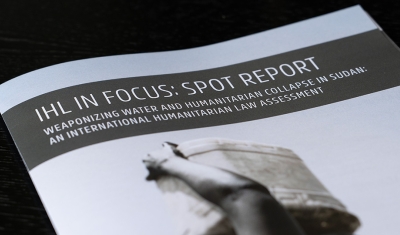Between 1977 and 1992, Mozambique has been torn by the so-called Mozambican civil war, fought between the Marxist Front for the Liberation of Mozambique (FRELIMO) – which was ruling the country at the time – the Mozambican National Resistance (RENAMO) – anti-communist insurgents – and a number of smaller groups.
In 1992, the conflict ended with the adoption of the Rome General Peace Accord: RENAMO was dismantled and the majority of its members were integrated in the Mozambican army.
In 2013, new tensions emerged between FRELIMO and RENAMO as the latter withdrew from the peace agreement and started fighting again – a situation of armed violence that classified as a NIAC.
While RENAMO and the government signed a peace agreement in August 2019, a number of RENAMO splinter groups refused to recognize this agreement and are carrying out, since then, armed attacks against Mozambican troops.
‘For classification purposes, we analysed whether we should consider this fighting as a continuation of the previous NIAC opposing RENAMO to the government, or whether it should be considered as a new NIAC. Since RENAMO splinter groups did not accept the peace agreement and never stopped fighting, we concluded that it is a continuation of the NIAC that opposed RENAMO to Mozambique’ says Dr Redaelli.
‘In this scenario, and in order to classify the situation as a NIAC, it is only necessary that hostilities have not completely ceased and that the armed group can be considered as a successor of the parent organ, which is the case’ adds Dr Redaelli.









